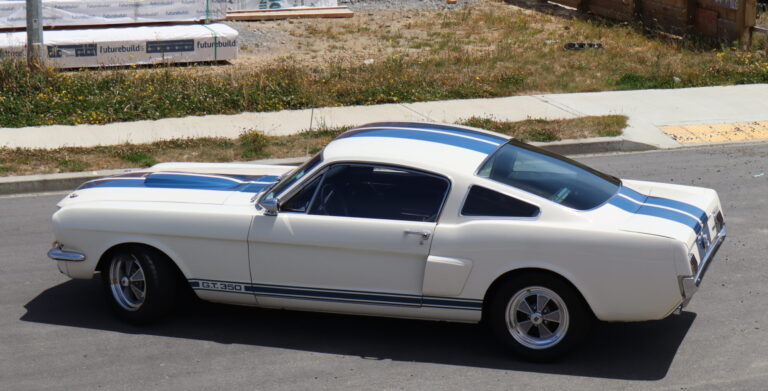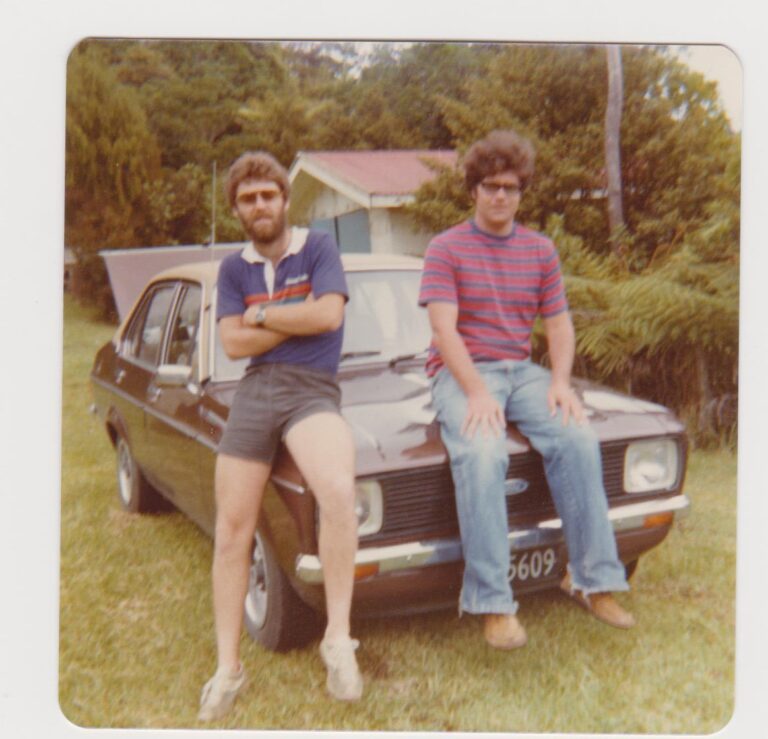When veteran Targa driver Mike Lowe — and his co-driver Philip Sutton — line up to start the 21st annual Targa NZ next Monday (Labour Day, October 26) once again they will be in a small Enzed-backed Abarth sports coupé. However it will not be the same classic model in which Mike started and finished all 20 previous week-long Targa New Zealand events.

Now that Mike’s 1964 model Abarth Berlina Corsa — ‘Barty’ — has been retired from active duty, ‘Barty 2’ will take over as his Targa car. Despite its near-identical Enzed livery, the new car couldn’t be more different from its predecessor — and that’s because Barty 2 is a modern-day front-wheel-drive Abarth Assetto Corse works race car that has been converted to R3T tarmac rally specification. It is powered by a turbocharged, front-mounted 1400cc engine that produces 140kWs of peak power for a top speed of 225km/h — giving the Mike a big performance advantage over his older Fiat.

“In the 20 years of Targa we have seen the event get faster and with less older cars running,” Mike said. “In that time we had to push Barty way beyond its design brief just to keep up and it became clear that we needed to keep him for special or smaller events, and find something else to use for the next 20 years. When I saw the new Abarths (on a visit to the factory in 2012) I knew then we had to have one.”
This year’s six-day Targa NZ event starts in Auckland on (Labour Day) Monday October 26 and finishes in Palmerston North on Saturday October 31 — check out the current edition of New Zealand Classic Car for full details and route maps.
Photo credits: Fast Company / Mike Lowe and ProShotz


